This week I’m going to share twelve wildlife images from the Etosha National Park with you, as we near the end of our Complete Namibia Tour Travelogue series.
[smart_track_player url=”https://www.podtrac.com/pts/redirect.mp3/traffic.libsyn.com/mbppodcast/mbpp_ep581″ src=”https://app.fusebox.fm/embed/player.js” class=”mbp-ignore”>
We pick up the trail on day eleven of this epic tour, as we arrive at our lodge. For the next two nights, we are in perhaps one of the best lodges in Namibia. I’ve just been able to secure two nights here for the 2018 tour, which I’m really happy about, as our initial plans only included one night here. As we arrived, one of my guests said “roughing it with Martin Bailey”, which I thought was really nice. Tongue-in-cheek of course, as the place and the staff really are super-special.
Etosha
This lodge is actually just outside one of the main gates into Etosha, and have their own private land on which they run safaris, and the entire group decided to take this optional drive some 40 minutes or so after we arrived. Within minutes of leaving the lodge, we had an encounter with a pride of lions, and we’ll kick off today with one of my favorite shots from this drive (right).
I shot this as the lions walked past our open safari vehicle. I was surprised at how little eye contact we had. Apparently, lions don’t really see a vehicle full of people, they just see a vehicle, unless you start jumping around and shouting of course, so they are pretty much oblivious to our presence.
In Capture One Pro I’ve taken brushed in a couple of layers to darken down what was a relatively busy background in along the right and top of this photo. It was out of focus, but much lighter, so I decided to take it down to almost black.
This is something I often do with black and white images, but I liked the warm color in this image. It was the background I didn’t like, so I got rid of it.
I shot this with my Canon 100-400mm Mark II lens and the 1.4x Extender fitted, for a little extra reach. My focal length was 450mm. I set my aperture to f/9 for a reasonable depth of field, to get the head of these large animals in focus, but as you can see the body is starting to go out of focus here. My shutter speed was 1/640 of a second at ISO 800.
Black Rhino and Giraffe
When we got back to the lodge and went for dinner, there was four black rhino at the waterhole right in front of the lodge. It was already dark, and they were lit by a very orange flood light, so photographically it wasn’t brilliant, but as an experience it was amazing.
Later that night after around half of the guests had turned in, and a few of us were sitting by the fire having a drink, a giraffe ambled cautiously to the waterhole. We were all in awe of this huge animal, as it kept looking around for predators, and after a number of aborted attempts was finally able to gingerly spread its front legs, to get its neck down low enough to take a drink.
Etosha Waterholes
The following morning, we got up bright and early and after a lovely breakfast on the raised deck overlooking the waterhole, and a Brown Hyena taking a drink, we headed out for our first drive into the Etosha National Park. The first waterhole that we visited had a large number of zebra hanging around, and one shot from there that I like was this one, with a bit of a scuffle between two of them (below).
I haven’t done anything to this in post, except adding +15 on the Clarity slider. Although I sometimes work portrait style wildlife photos a bit, like the previous image, most of the time I don’t do much to them. Probably the thing I do the most is to clean out droppings with the heal tool, but I didn’t do that here either. My settings for this were an aperture of f/10, again at 1/640 of a second, this time at ISO 400, with a focal length of 490mm.
Lens Choice
If you recall that I own a Canon 200-400mm lens with the 1.4X Extender built in, you might be wondering why I didn’t take it on this trip. Although it would have been nice to have in Etosha, the 100-400mm lens alone gave me enough focal length some of the time, and when I needed the extra reach, the 1.4X Extender still works very well to take me out to 580mm when necessary. This, of course, is the same focal length that the 200-400mm gets me to with the Extender engaged.
The benefits of the 200-400mm are that I can engage the Extender with a flick of a switch, rather than taking the lens off, and then fitting the extender. I didn’t get any problems with dust from doing this though, and there weren’t really any times when I lost shots either, so it was a good decision. Of course, I only get autofocus with the center focus point, because the aperture is forced down to f/8, as opposed to f/5.6 with full auto-focus on the 200-400mm. I actually really like being able to easily pull back to between 100 and 200mm with the 100-400mm lens too, which, of course, could not do with the 200-400mm.
The main consideration though was weight. I was able to travel with an 18L camera back with space inside for a few other things as well as my two 5Ds R bodies with battery grips, my 11-24mm lens, my 24-105mm lens and my 100-400mm lens. I would have only really used the 200-400mm for the last four days in Etosha, so it really didn’t make much sense carting it around Namibia for the first two weeks just for this. I’m jumping the gun a little by talking about this now, but even after the next three full days of wildlife shooting, I still didn’t regret my decision.
The Second Waterhole
We drove on to the second waterhole which was in a small resort village in the park, so we were able to get out of our safari vehicles and stand behind a wall to photograph the animals. As we approached the waterhole, it was amazing to see so many different species of animals. To capture this I actually shot a number of video clips with my iPhone, and I’ll probably drop some of that footage into a slideshow at some point. Artistically wider angle still photographs didn’t really do it justice. Here’s a photo of a couple of groups of zebras drinking (below).
The framing can be a bit tricky when there are so many animals. If you go a little wider, you get a springbok in the foreground start to creep into the frame. It’s also sometimes difficult to cut off the back of the foreground zebra here, but if I was to pull back and include the back legs, the composition breaks down.
If you look at the top right you’ll see that I framed this to just include the head of that right-most zebra, and to the left, obviously, I didn’t want to crop off the head of that left-most zebra either. With the restrictions in place due to the various elements though, I’m relatively happy with the results. I shot this at 560mm, with an aperture of f/11 at ISO 400 for a 1/640 of a second shutter speed.
Run!
Sometimes, for no apparent reason, the animals at the waterhole get panicked and run away. Drinking at a waterhole make these animals very vulnerable to predators, so it probably only takes one twitch in another animal for the reflex escape routine to kick in, as you can see in this photo (below).
It’s more difficult to compose to get the animals cut off at good places when they are all running like this, so I was just trying to be conscious of the heads of the rightmost zebras in this shot. The left-hand side worked out OK, and this is uncropped, so I’m pretty happy with that.
My settings were f/14 for a deeper depth of field to get more animals sharp, but that setting was for static animals drinking, so I’d left my ISO at 400 and dropped my shutter speed to 1/500 of a second. If I’d prepared for this, I’d probably have gone to ISO 800 for a 1/1000 of a second shutter speed, but there are only a few of the zebra that have a little motion blur, and I think that adds to the action, so it wasn’t a huge mistake.
We spent a couple of hours at this second waterhole, and I have photos of Wildebeest, Kudu, Springbok, and Impala etc. as I’m trying to complete this series in five episodes, we’ll move on for now.
Dreamy Zebra
The next image (below) was one of those moments that I shot instinctively. We saw these zebras in the brush, stopped our vehicle and as the young zebra turned its head to look at us, I raised the camera and shot without a lot of thought. Of course, my autopilot was on, so I composed quickly as best as I could, but there was so much in the way, if I’d have stopped to think about this, it wouldn’t have happened.
That look though is all that it took for me to want this image, despite the fact that there is grass over the zebra’s nose and all the twigs in the foreground. I probably zoomed to get this framing without consciously thinking much about it too. This has become one of my favorite shots from the trip though and has been set as my computer’s and iPhone background image since getting home. My settings were f/11 at ISO 400 for a 1/400 of a second at 490mm.
Zebra Brethren
The same goes for this following image as well (below). It was a very quick moment, and I had to ignore some foreground elements to grab the shot while both of these young zebras had their heads in almost exactly the same position.
I keep zooming in on the image in Capture One Pro and looking at those velvet muzzles, and I just want to cup my hands around them and scrunch them up with my fingers. You know that feeling where you want to squeeze a kitten because they’re so cute? That’s how I feel when I look at this shot. My settings for this were f/11 at ISO 400 for a shutter speed of 1/640 of a second at 560mm.
Not All Zebra Shots
We photographed a lot of zebras, as you may have guessed, but there were, of course, many other species of animals. Here is a female Ostrich (below) that allowed us to get close enough to almost fill the frame at 560mm. Most of the time when we pulled up to photograph Ostrich they would all just run until they reach their safety zone. This one was a little less nervous and posed for us for a while.
I have another shot with the sole of her foot showing, which is pretty fun to explore visually, but as a photo, this one is a little prettier. With the sun in a position that sometimes threw this side of her face into shadow, I picked my moments when there was a bit of a catchlight in her eye, as that always makes the animal look more alive. I shot this at f/10, ISO 400 for a 1/500 of a second.
Young Springbok
You aren’t allowed to go off road or get out of your vehicle in the Etosha National Park so the angle of the sun and the position from which we can shoot is sometimes a little restricted, but I still found myself with hundreds of shots that I simply couldn’t remove as I whittled down my final selection. This young Springbok (below) was one of these.
I was at the full reach of my 100-400mm lens with the 1.4X extender on, but that was fine. I was attracted to this because of that beautiful dry grass, and I wanted to show the Springbok surrounded by it. I was also attracted to this particular animal because of the tiny little horns that are just starting to develop. I would have loved it if the sun was a little bit further in front, with a catchlight in both eyes, but that’s OK. My settings for this image were the same as the last one.
Lion Pride
Shortly after this, we were photographing some zebras again, surprise, surprise, when we got a radio call from the other car, and they’d come across a pride of lions that had just brought down a zebra, so we drove on a little way more to photograph that. Needless to say, we have a whole bunch of images just of this group feeding, but I chose this one to show you as many of the lions are standing up and we can see their faces.
It’s a bit gory to see the blood on their faces, particularly the male to the right, but this is nature. It’s the raw truth about what these animals do to stay alive. We photographed them for quite some time and saw some beautiful moments as a lioness licked the blood from the face of a male. It might seem strange to call that beautiful, but there was an unmistakable sensuality about it. I’ve seen lions feed before, and it also always strikes me when from time to time you can actually hear them purring.
Zebra Crossing – Sorry!
As we drove away from the lions, I couldn’t resist raising my camera and shooting this image (below) through the windshield of our safari vehicle. I know it’s cliche but it’s not every day you get to take a photograph of a zebra crossing, right?
I cloned out some zebra dung from the road, and straightened the horizon a little, as I was shaking around when I shot this, but I was happy that this turned out OK. I like the fact that the road winds off into the distance behind the zebra and that there is a car driving along kicking up a little bit of dust. My settings for this were f/14 for a 1/400 of a second at ISO 640, and a focal length of 230mm.
Filled My SanDisk SSD!
That was the last shot from our first full day in Etosha. I shot almost 2,000 frames on this first day of full on wildlife. That’s almost as many as I’d shot for all of the first eleven days of the tour. Because of this, I actually started to fill my SanDisk Extreme 900 portable SSD drive that I was hoping to store all of my 2017 work on, in addition to my final select images. You can see more about my setup and strategy in Episode 570, “The Mobile Photographer’s Image Management Strategy“.
If I’d have continued to shoot at the same pace, I’d have filled the drive by the end of the following day, but luckily that didn’t happen. I actually shot just under 1,000 photos per day for the next two full days in the park, and with just a few images from our final day as we drove out of the park, I went home with about 3GB of space on the 1.92TB drive.
With my Morocco Tour coming up at the end of October, and of course all of the other shooting for the rest of the year to put on this drive, I ended up buying a second drive the same as the first, and I’ve now moved my Finals folders and catalog to that. I should now fit all of 2017 on the first of these drives, and the second will last me many years as only my final selects from each year will be added to the second SSD.
Two of the Big Five in 40 Mins!
That’s not to say that the following two days were uneventful though. The reason we shot less was that the waterhole we’d shot so much at on the first day in Etosha wasn’t as lively when we swung by on the second day. That was because we were a little later than the first day because we literally had two of the African Big Five game animals and a giraffe to photograph in the first 40 minutes of entering the park.
One was a Black Rhino, although he was quite a distance away, so we’ll look at another Rhino which was closer next week. Here though is a shot from a beautiful encounter with an Elephant, as he walked alongside our vehicle for quite a way before crossing the road and disappearing into the bush.
This was a beautiful animal, and an absolute thrill to photograph. After getting a lot of still photos that I knew I would be happy with, I grabbed my iPhone Plus, and with the zoom feature, I was able to shoot some slow motion video of him walking that is absolutely amazing, even though I say it myself. The slow motion feature really lends itself to large animals walking, and the zoom on the iPhone Plus meant that he wasn’t much smaller in the frame that you see here. I shot this at f/13 for a 1/500 of a second at ISO 500, with a focal length of 263mm.
Weary Lions
On this day, we were shooting while driving through the park to get to a new lodge over by the salt-plains, where we’d spend the next two nights. On our way, we came across a pride of lions that weren’t anywhere near as healthy as the group we’d seen the previous day that had taken down a zebra. The large male that you can see standing in this photo (below) was scarred and thin. The three young males sitting down here were a little bit better, but not much.
The single female in the pride was sitting on top of a small hill to the left of this scene, probably looking out for some prey, but from the look of her, she was probably living on small mammals or large birds, which she would not be sharing with the males. None of the five lions in this group looked like they had the strength to bring down a zebra. My settings for this shot were f/11 for a 1/500 of a second at ISO 400, 560mm.
We’ll wrap it up there for today, and pick up the trail next week with a few more images of this pride of lions before a variety of species and some more elephant shots to round off this series next week.
Complete Namibia Tour 2018
If you might like to join me in Namibia on my 2018 tour, please do check out the details and you can book from the tour page at https://mbp.ac/namibia. For another culturally rich tour, you might also consider my Morocco trip from the end of October 2017, which you can find at https://mbp.ac/morocco. We now need just one more person to sign-up to make this trip a go.
Show Notes
Check out details of my 2018 Namibia Tour here: https://mbp.ac/namibia
And my Morocco Tour details can be found here: https://mbp.ac/morocco
Subscribe in iTunes for Enhanced Podcasts delivered automatically to your computer.
Download this Podcast in MP3 format (Audio Only).
Download this Podcast in Enhanced Podcast M4A format. This requires Apple iTunes or Quicktime to view/listen.

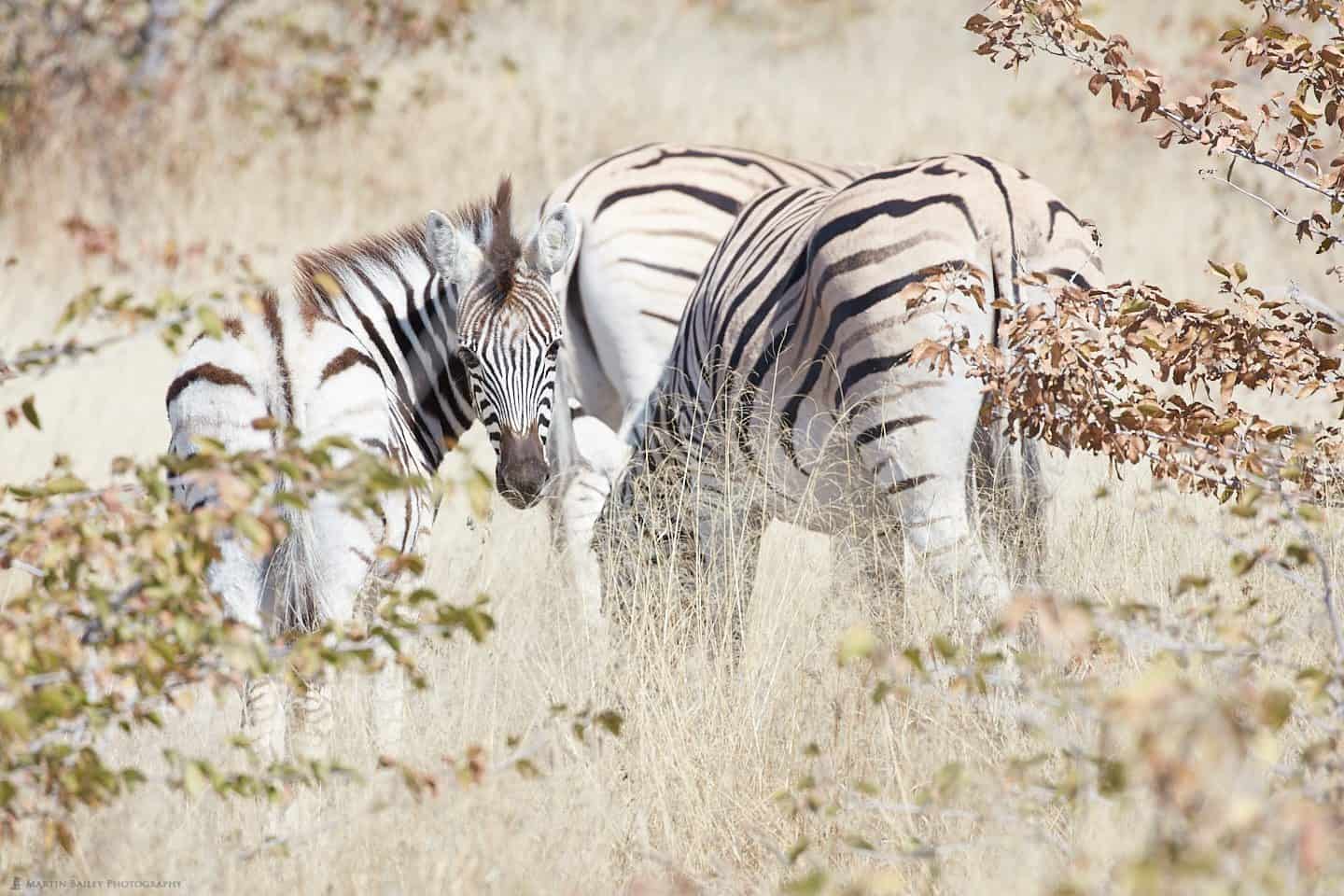
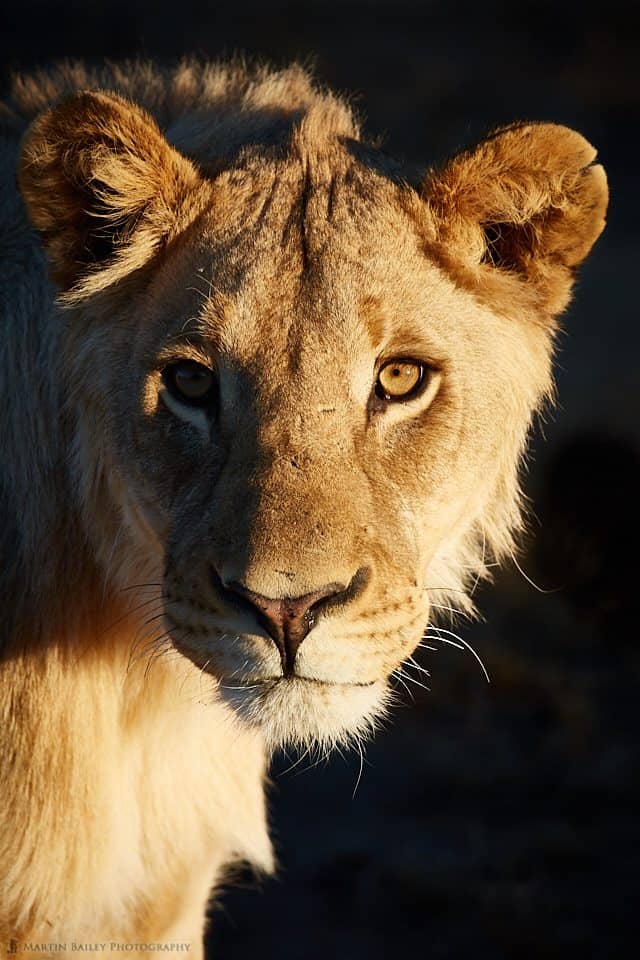

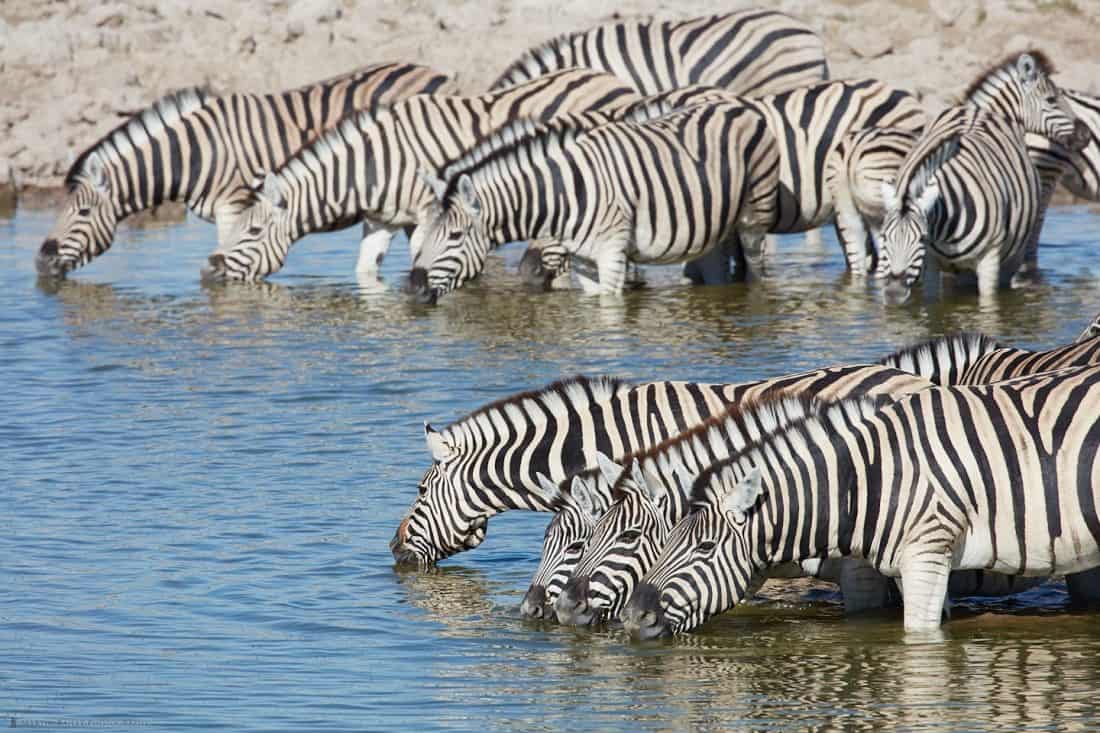
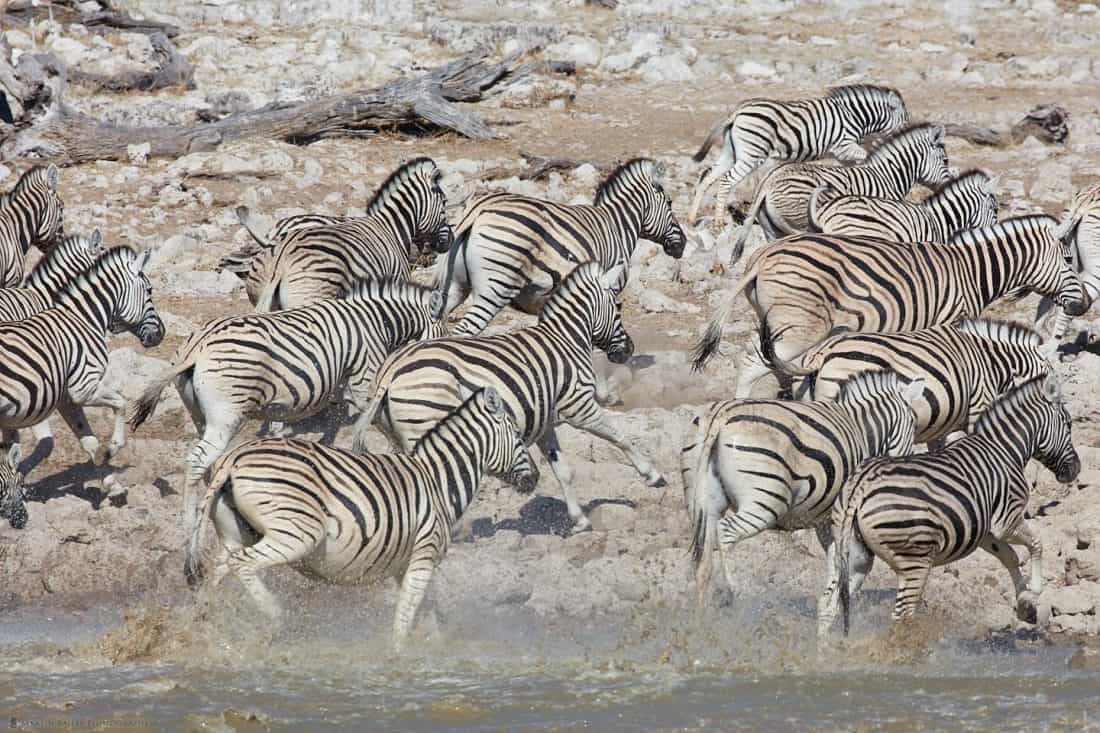
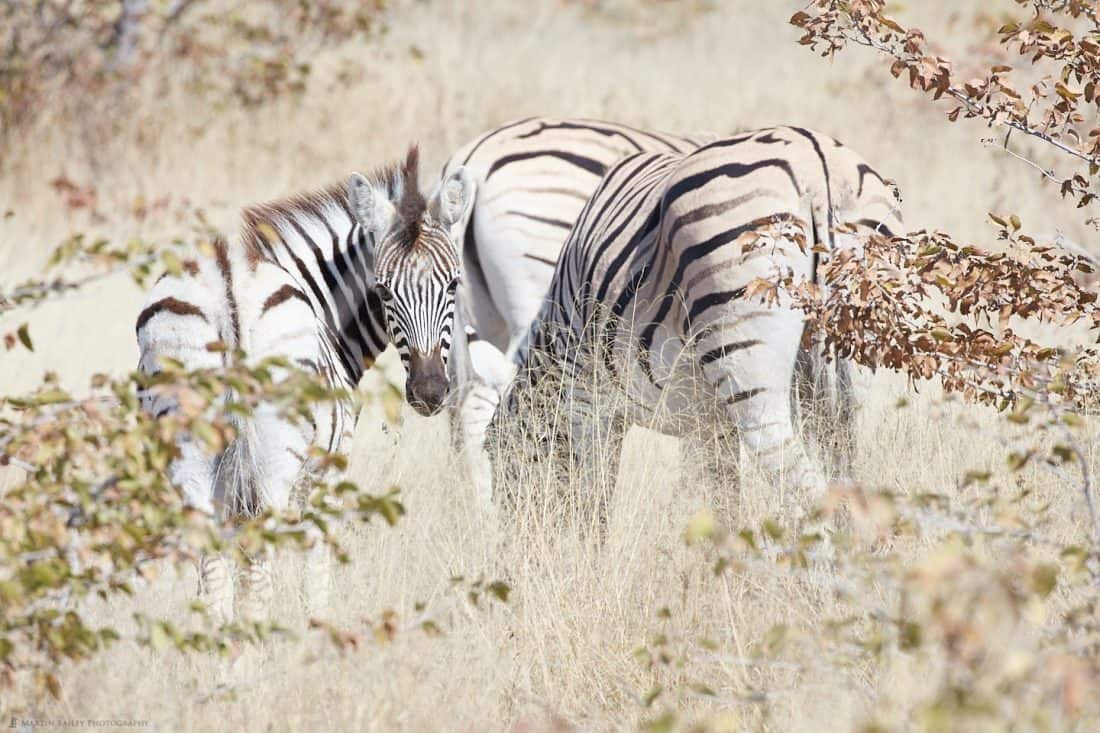
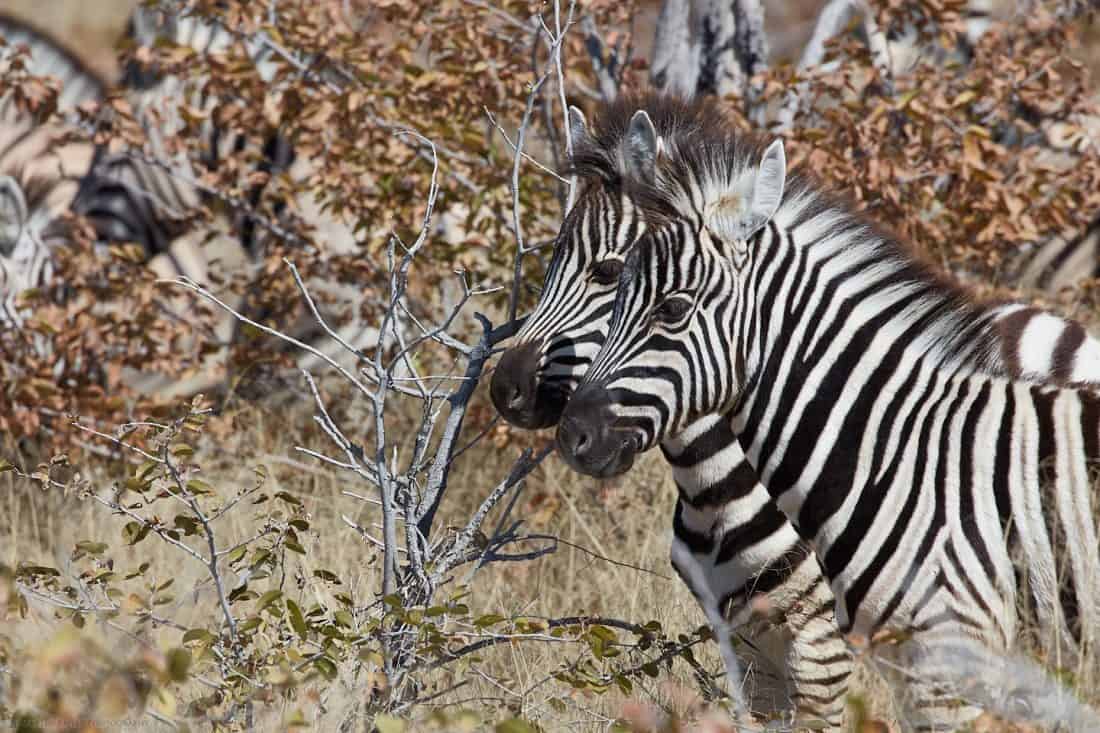
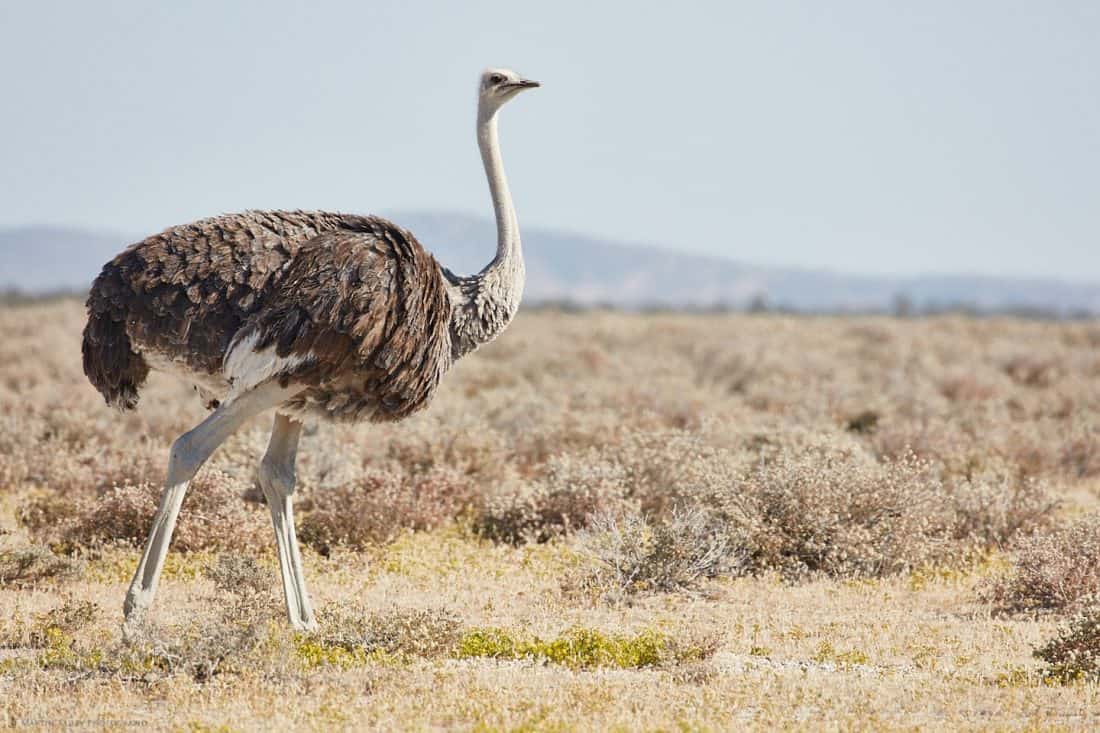


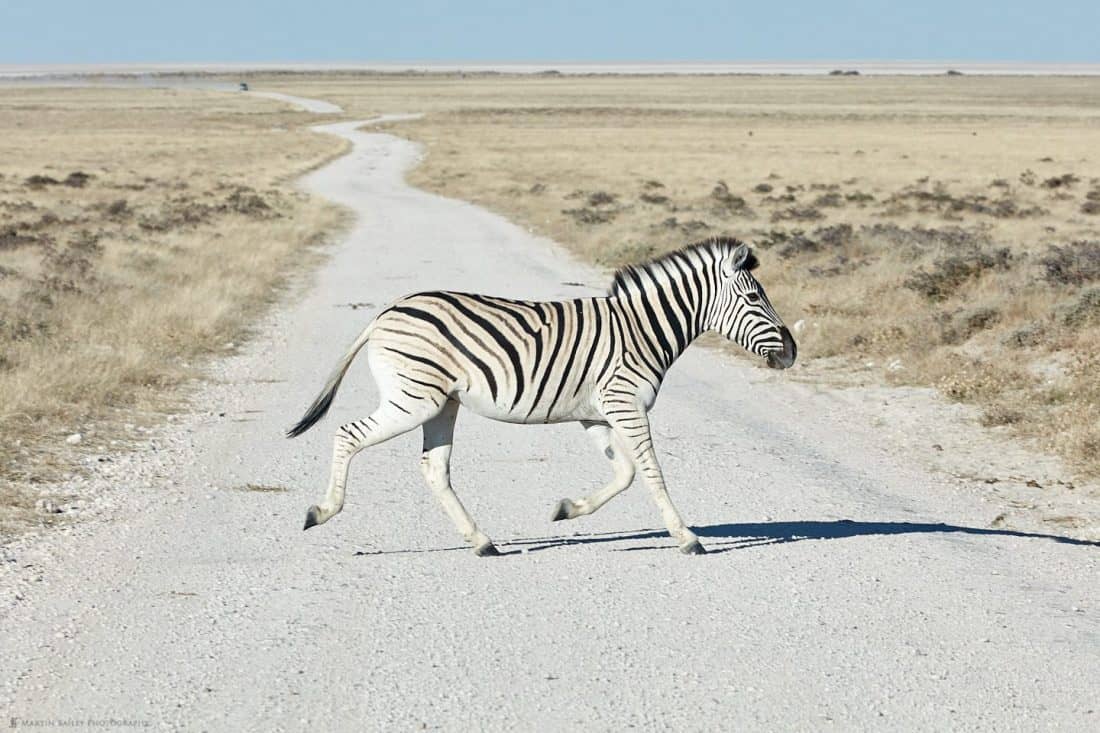
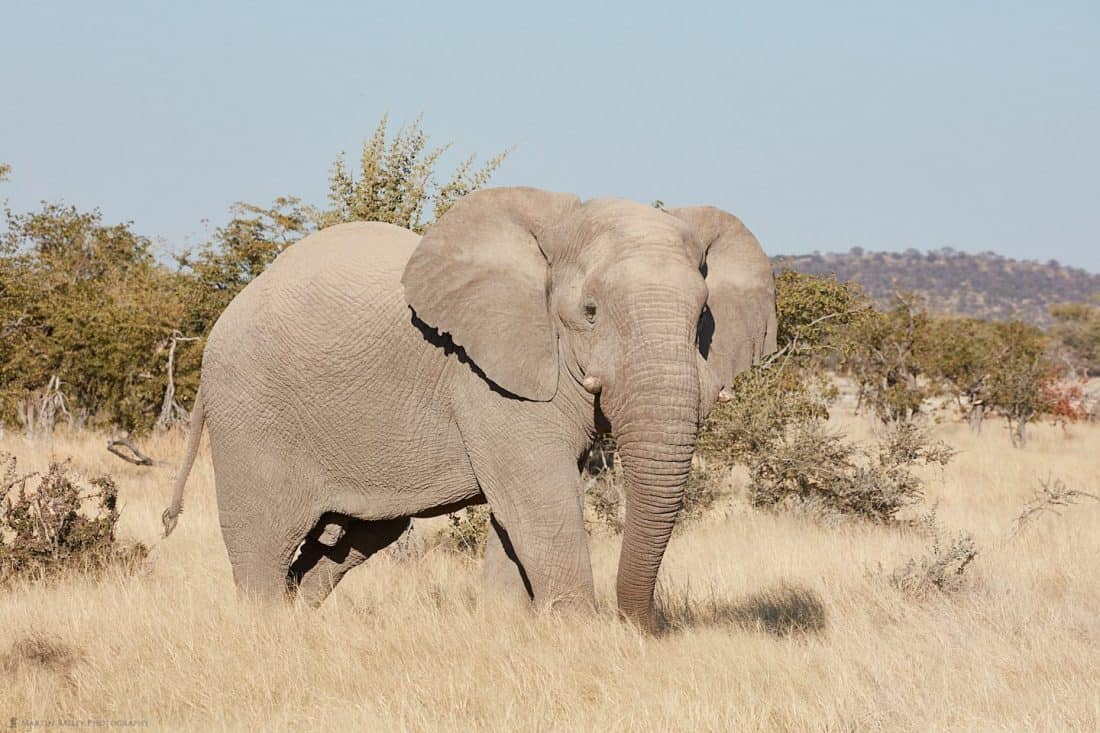
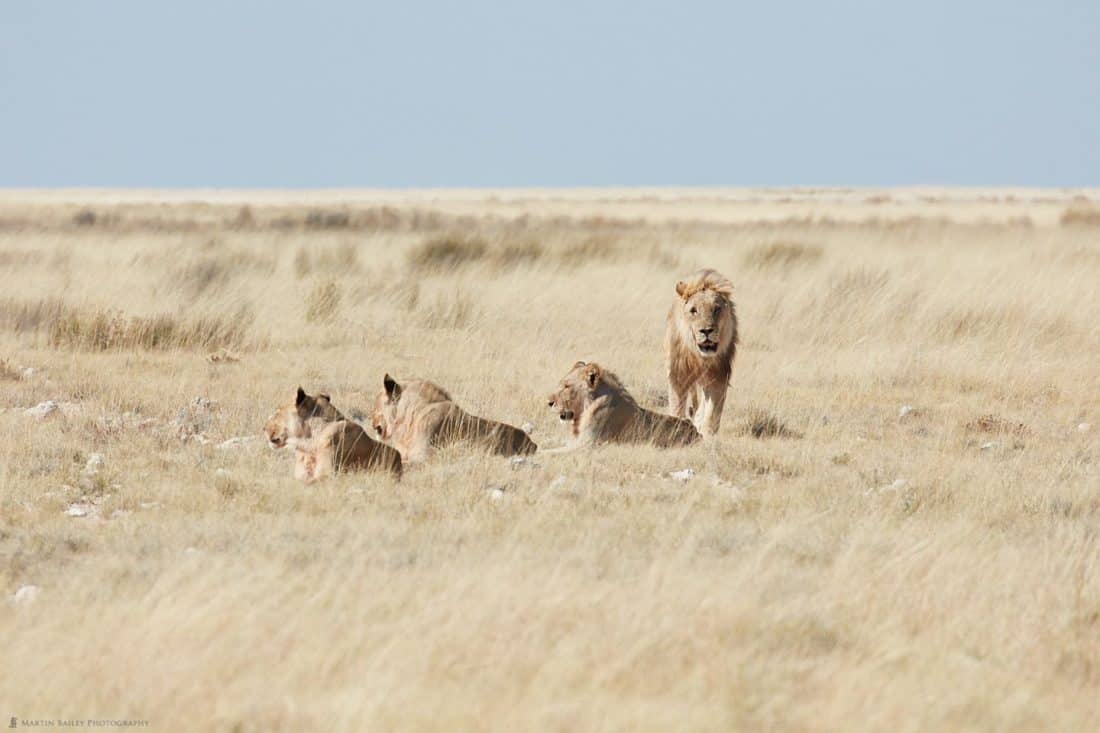
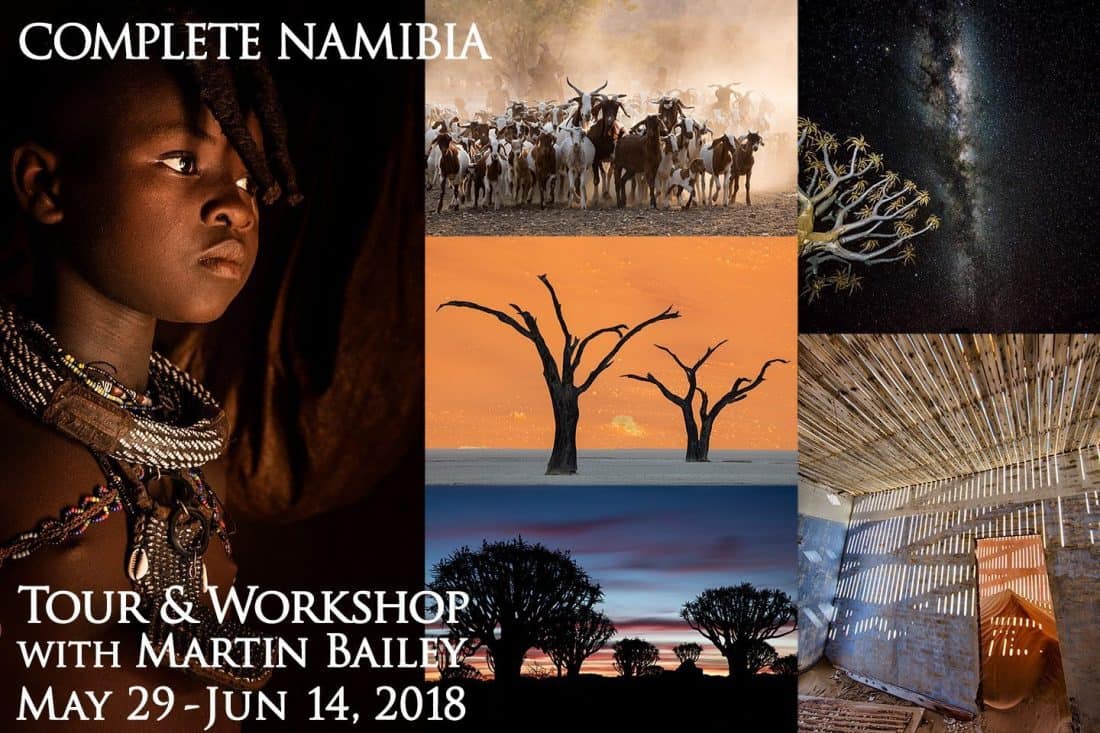

0 Comments